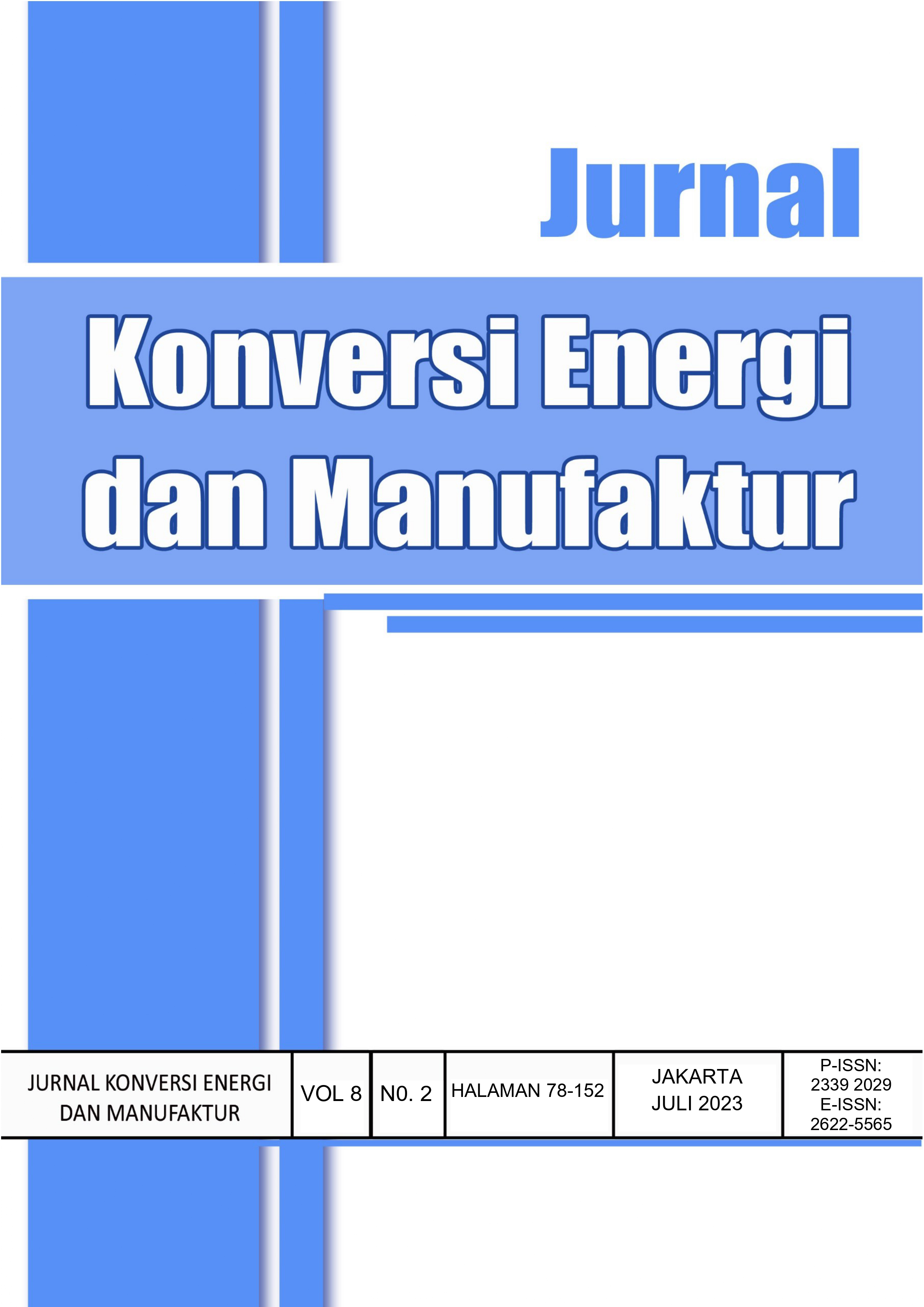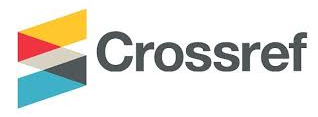ANALISIS LAJU KEAUSAN BRAKE PAD TERHADAP DISC BRAKE KERETA LISTRIK LRV SERI 1100
Analysis of Brake Pad Wear Rate on Disc Brake Electric Train LRV 1100 Series
DOI:
https://doi.org/10.21009/JKEM.8.2.4Keywords:
Brake Pad LRV, Wear Rate, Linear RegressionAbstract
The brake pad is a critical component in the LRV braking system. Based on maintenance data on the LRV Series 1100 shows that there is a decrease in the thickness of the brake pad. The braking system on the LRV has two types of braking, which are regenerative braking and pneumatic braking. Regenerative braking is a braking system that works by utilizing kinetic energy in motor traction. Pneumatic braking is a braking system that works by utilizing compressed air which moves the calipers and is forwarded to the brake pads to grip the disc brakes. The purpose of this study is to determine the wear rate of the brake pads so that the prediction of the service life of the brake pads is known and to find out the factors causing the differences in the wear rates of the brake pads attached to the bogie trailer and the bogie motor. The method used in this study is linear regression, by processing maintenance data and collecting data in the field so that the factors that influence the wear rate and differences in the rate of wear on the brake pads are obtained. After analyzing the data, the brake pad on the McA bogie brake pad can be achieved in November 2039 with a thickness of 8.06 mm, the McB bogie in June 2042 with a thickness of 8.03 mm, on the trailer bogie in November 2029 with a thickness of 8.12 mm. The braking force between the brake pad and disk brake on the McA and McB bogies was 98.26 kgf, the braking friction that occurred had an impact on the wear rate of the McA and McB bogie brake pads which was 1.11 x 10-6 mm3/Nm. Whereas in the bogie trailer, the braking force between the brake pad and disk brake is 25.24 kgf, the braking friction that occurs affects the brake pad wear rate of 10.01 x 10-6 mm3/Nm. The factors that affect the difference in wear rate are the regenerative braking function and the pneumatic braking itself, on bogies McA and McB brake pads work at speeds of 15 km/h to 0 km/h, while on bogie trailers from a maximum operating speed of 60km/h to 0 km /j uses the pneumatic braking function.
References
[2] Y. I. Made, Regresi Linier Sederhana, Jimbaran, 2016.
[3] Hyundai Rotem, "Manual Instruction Operation & Maintenance," Hyundai Rotem, Uiwang, 2018.
[4] A. P. Bayuseno, "Karakterisasi Blok Rem Kereta Api Berbahan Besi Cor dan Al-SiC Berdasarkan Kekuatan Uji Tarik dan Harga Impak," Jurnal Penelitian, p. 1, 2012.
[5] E. Gulton and Y. Kaelani, "Studi Eksperimen dan Analisa Laju Keausan Material Alternatif pada Sepatu Rem Lokomotif," Jurnal Penelitian, p. 911, 2016.
[6] K. T. Chau, "Regenerative Braking," 23 10 2021. [Online]. Available: https://www.sciencedirect.com/topics/engineering/regenerative-braking.
[7] M. Khafidh, "Analisa Karakteristik Minyak Pelumas Pertamina Meditran SX SAE 15W-40 Menggunakan Tribometer Pin-On-Ring," Laporan Tugas Akhir, pp. 5-7, 2012.
[8] D. Tarina and Y. Kaelani, "Studi Eksperimental Laju Keausan (Specific Wear Rate) Resin Akrilik dengan Penambahan Serat Penguat pada Dental Prosthesis," Jurnal Penelitian, p. 125, 2012.
[9] S. M. Tua, S. and A. Fathudin, "Evaluasi Kinerja Peralatan Air Dryer Dessicant AD 234 di Instalasi Radiometalurgi," Jurnal Penelitian, p. 263, 2018.
[10] H. Yulianto and S. D. Yahya, Manajemen Transportasi Publik Perkotaan, Makassar: LPPM STIE YPUP Makassar, 2018, p. 30.






















